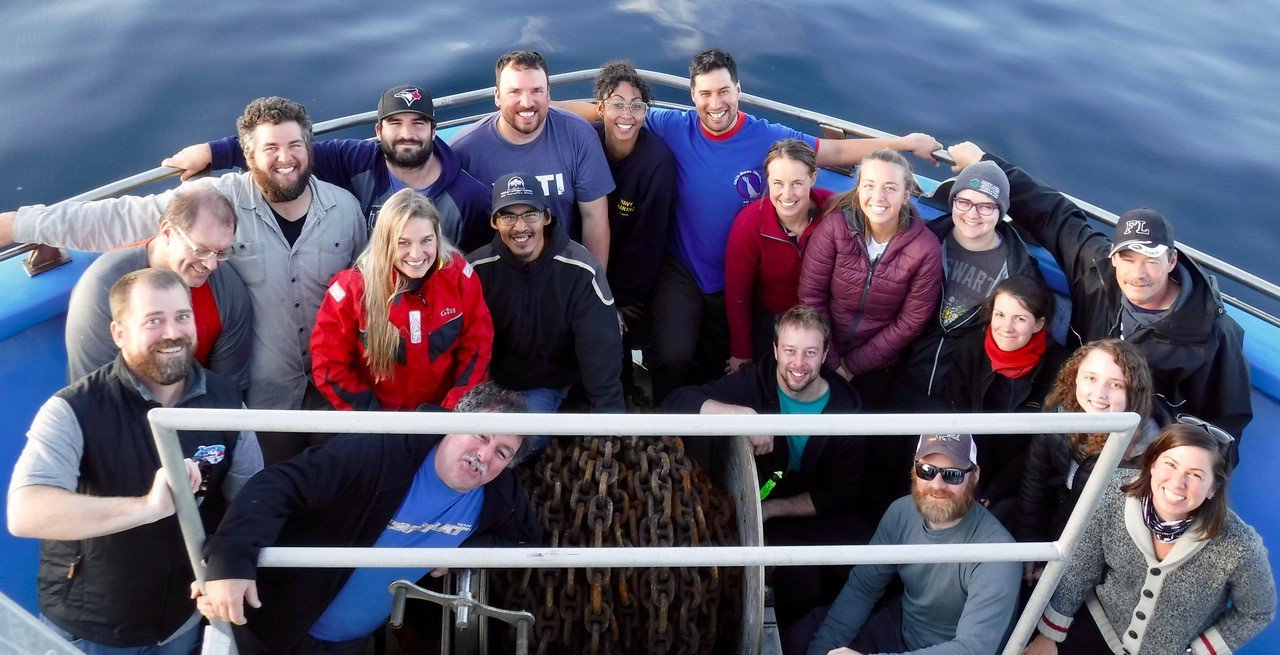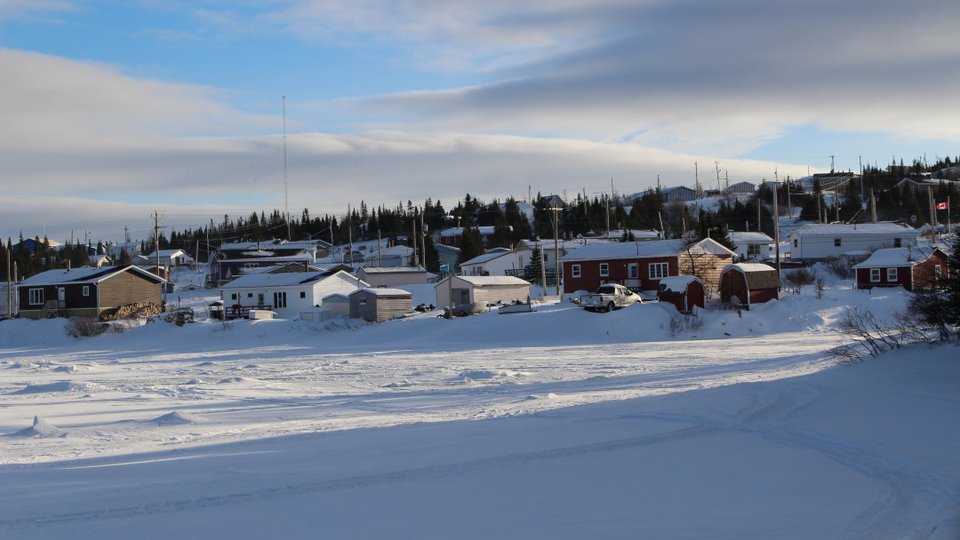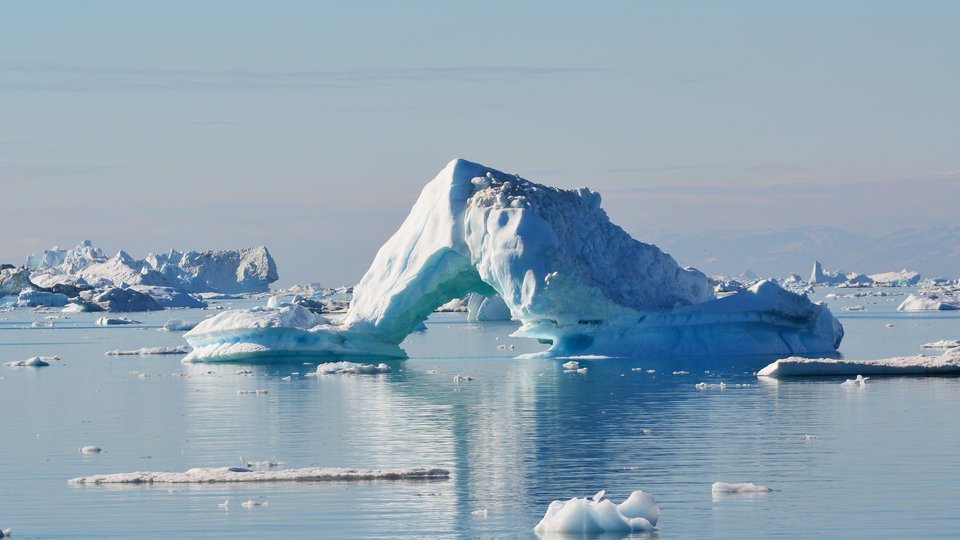
We are currently fighting very strong tidal currents (up to 167 cm/s or 6 km/h) as we reach the northern end of Roes Welcome Sound heading towards Naujaat, Nunavut. Off our bow we consistently see whirlpools pass by, like someone took a large paddle through the water.
We are here as part of the Southampton Island Marine Ecosystem Project (SIMEP), a study that seeks to establish a strong understanding of present-day ecosystem structure (diversity), function (processes) and services (benefits) and how they have varied over the last hundreds to thousands of years. To accomplish this goal, we have brought together a team of scientists and crew from academia, government, Nunavut, and non-government organizations on a 65 ft vessel called the R/V William Kennedy.
The project burgeoned from a successful proposal to MEOPAR (a Canadian Network of Centres of Excellence). But it didn’t actually start there, it really started back in 2015 as part of a multi-institutional Canada Foundation for Innovation major infrastructure grant led by University of Manitoba, called the Churchill Marine Observatory (CMO). This grant enabled us to purchase oceanographic science equipment and retrofit a crab-fishing vessel from Nippers Harbour, Newfoundland in collaboration with the Arctic Research Foundation.

Retrieving a CMO oceanographic mooring (CJ Mundy, author provided)
Last year, we set out to circumnavigate Southampton Island to collect oceanographic data, but consistently strong winds limited our spatial coverage to the south side of the island (see Waiting out the Storm). After the 2018 SIMEP cruise, successful in its own right, we immediately applied for new funds to try a second time to circumnavigate the island through a NSERC ship time grant. This one-year delay was fairly fortuitous as it permitted our science breadth to grow, including the addition of a dive team, opening up new research avenues for the project. With much less winds this year, we are now halfway around the island accomplishing frontier science as we navigate through uncharted waters.

A SIMEP diver navigating a kelp forest near Southampton Island (CJ Mundy, author provided)
The scientific cruise is truly unique with firsts being experienced everyday. For example, we: successfully retrieved and re-deployed the first CMO subsurface oceanographic mooring, deployed back in June 2018; are discovering dense and continuous kelp forests everywhere we travel along the coasts of Southampton Island; and are mapping new bathymetry ship tracks as we navigate uncharted waters rarely traveled. These firsts, and many more, encompass the frontier aspect of the science we are accomplishing.

Ship tracks through uncharted waters plotting depths of 42 feet where land should be according to the most up to date chart for the region. (CJ Mundy, author provided)
The small size and shallow draft of the R/V William Kennedy enable us to access waters unattainable by larger research ships, helping fill a large knowledge gap on coastal oceanographic dynamics in the Canadian Arctic. With over two-thirds of Canada’s coastline located in the Arctic and an environment that is changing at twice the rate of the rest of the planet, these new observations are of critical importance. Although it was a long road to get here, it is incredibly rewarding to see it all come together. I look forward to the next stage of our research where we seek to analyze the data, write up scientific papers and communicate our findings with the communities surrounding Southampton Island.





